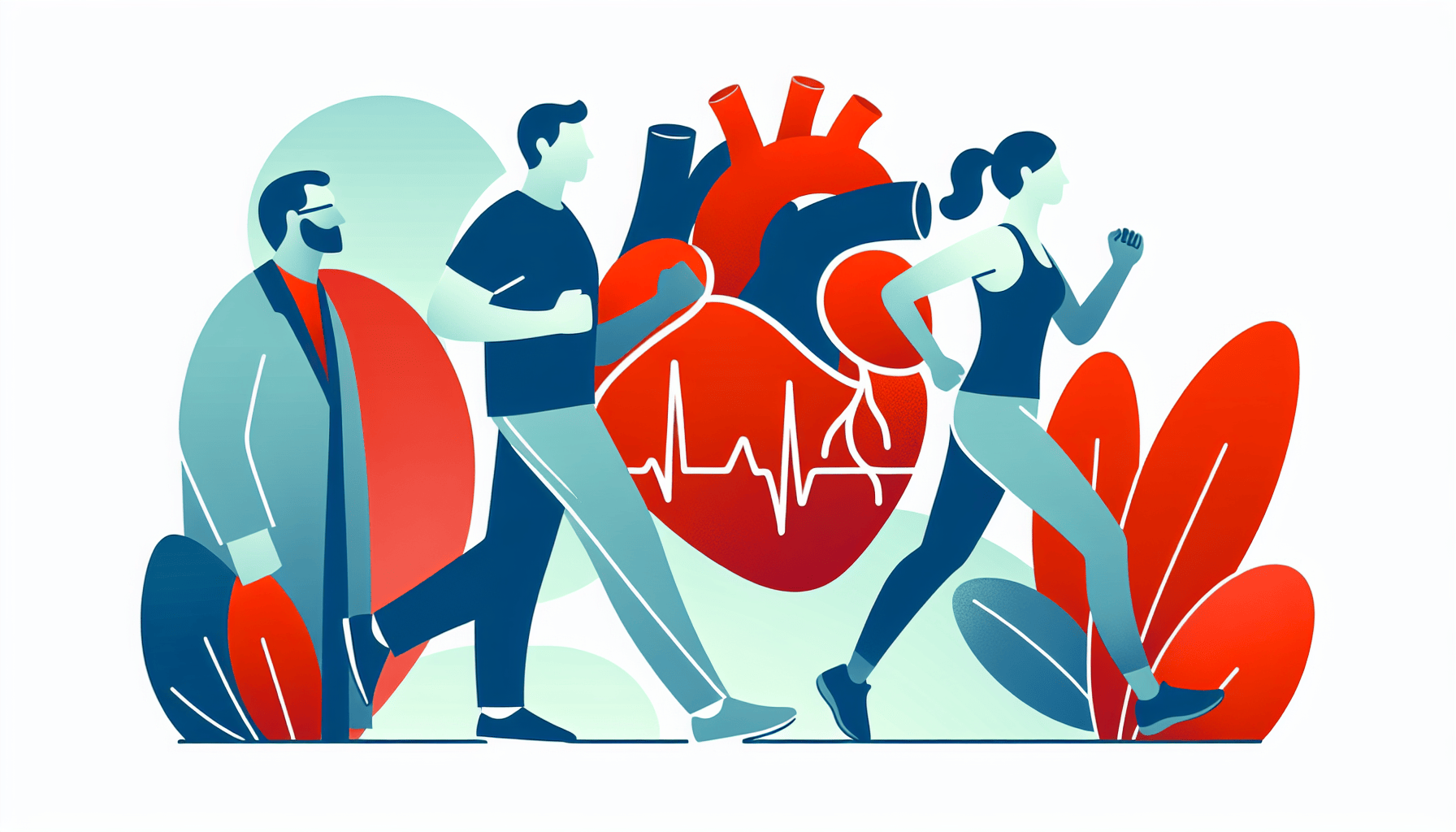9 Common and Serious Side Effects of Yaz
Key TakeawaysYaz is a popular birth control pill with both common and serious side effects.Common side effects include nausea, headaches, and breast tenderness.Serious side [...]
Read MoreRegular exercise, especially aerobic exercise, is one of the best things you can do for your health. It helps reduce your risk of heart disease while also improving your blood pressure, cholesterol, weight, energy level, and mood. If you're not currently active, it's important to check with your doctor before starting an exercise program to ensure it's safe for you.
If you're new to exercise, gradually work up to an aerobic session of about 20 to 30 minutes, at least three or four times a week. While more exercise is better, any amount is beneficial for your health. Consistency is key to seeing results.
The best type of exercise is one that raises your heart rate. Consider activities that you enjoy and that fit your lifestyle, such as:
Walking
Swimming
Cycling
Dancing
Hiking
Recreational sports
Low-impact exercises like walking and swimming are easy on the joints. Choose activities that are convenient and enjoyable to help you stick with your routine.

Vary your workouts to prevent boredom and challenge your body in different ways.
Use music to keep you motivated and entertained during exercise.
Commit to your routine even when you don't feel like it. Consistency is crucial.
Find a workout buddy to make exercise more enjoyable and accountable.
Choose affordable options like home workouts or outdoor activities to stay within your budget.
Each exercise session should include:
Warm-up: Ease into your workout to let your body adjust.
Conditioning: This is the main portion of your workout where you challenge yourself.
Cool-down: Gradually decrease intensity to transition out of your workout. Avoid stopping abruptly.
While exercise is generally safe and beneficial, it's important to take precautions and listen to your body. Some tips include:
Pace yourself and gradually increase intensity and duration over time.
Stay hydrated by drinking water before, during, and after workouts.
Avoid extreme temperatures and humidity which can strain your heart.
Ease back into your routine after a break to prevent injury.
Stop if you experience pain, shortness of breath, dizziness, or irregular heartbeat.
If you have any concerns or persistent symptoms, consult your doctor. With a little planning and precaution, exercise can be a safe and effective way to improve your heart health and overall well-being. Remember, the best exercise routine is one that you enjoy and can stick with long-term!
For more information on starting an exercise program, check out these resources:
Physical Activity Basics from the CDC
Get Active Your Way from the NHS
Key TakeawaysYaz is a popular birth control pill with both common and serious side effects.Common side effects include nausea, headaches, and breast tenderness.Serious side [...]
Read MoreKey TakeawaysLiraglutide is a medication commonly used for type 2 diabetes and weight management.Common side effects include nausea, vomiting, and diarrhea, which often [...]
Read MoreKey TakeawaysDupilumab is a biologic medication used to treat conditions such as eczema, asthma, and nasal polyps.Common side effects include injection site reactions, eye [...]
Read More